
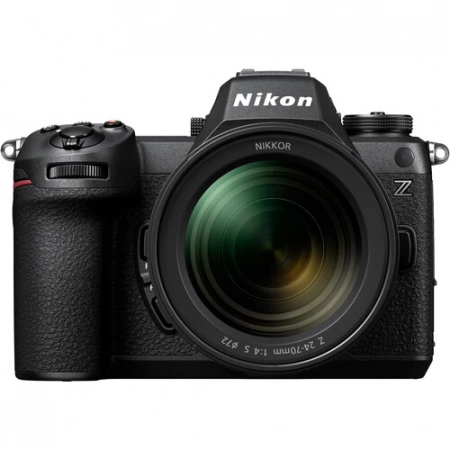



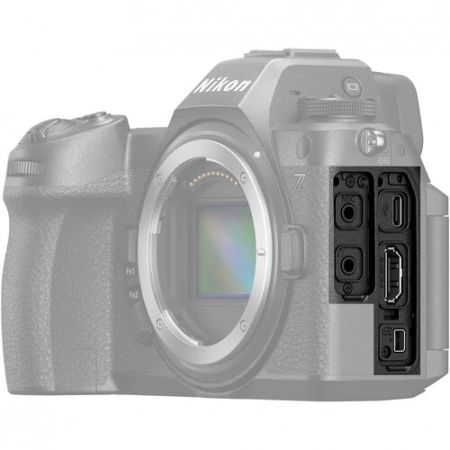
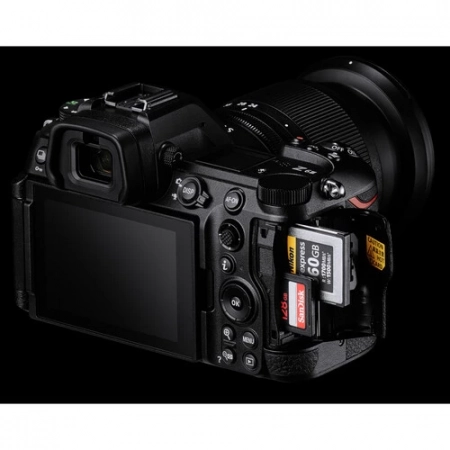
Key Features
Sporting a new and inspired partially-stacked sensor design, the Nikon Z6 III Mirrorless Camera unlocks a number of flagship-level upgrades for this mid-range camera, including faster and more precise autofocus, professional-level 6K internal raw video, pre-capture at up to 120 fps, and a smooth, bright, colorful EVF. Taken together, these upgrades make this mirrorless monster an ideal choice for aspiring professionals in search of an all-around, affordable camera.
Newly Designed Sensor and Flagship Processing
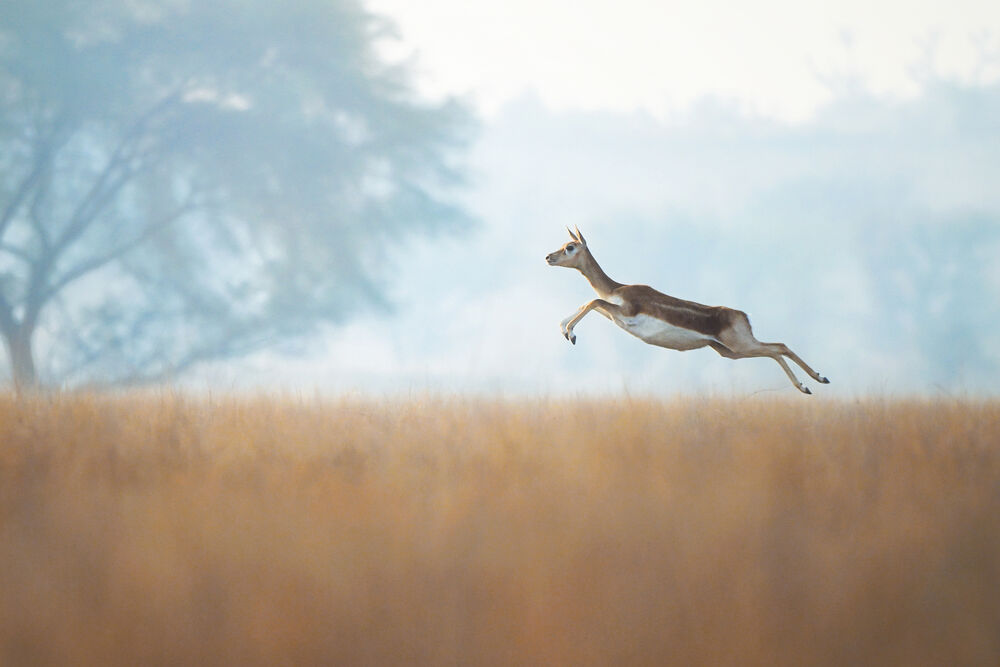
24.5MP Partially-Stacked CMOS Sensor
The Z6 III is Nikon's first camera to to feature a partially stacked sensor design for faster scans and readouts than its predecessor, as well as reducing rolling shutter. Additionally, this sensor design unlocks many of the flagship-level features in the camera, like faster autofocus, a smoother EVF experience, faster continuous shooting speeds, and higher frame rates when shooting video.
EXPEED 7 Image Processor
Complementing the sensor is the EXPEED 7 processing engine, found in the top-of-the-line Z8 and Z9 mirrorless cameras an which offers speeds approximately 10x faster than the Z6II. This engine works in conjunction with the partially-stacked sensor design to realize impressively fast AF speeds, burst shooting rates, a high buffer capacity, fluid video performance, and quick all-around handling.

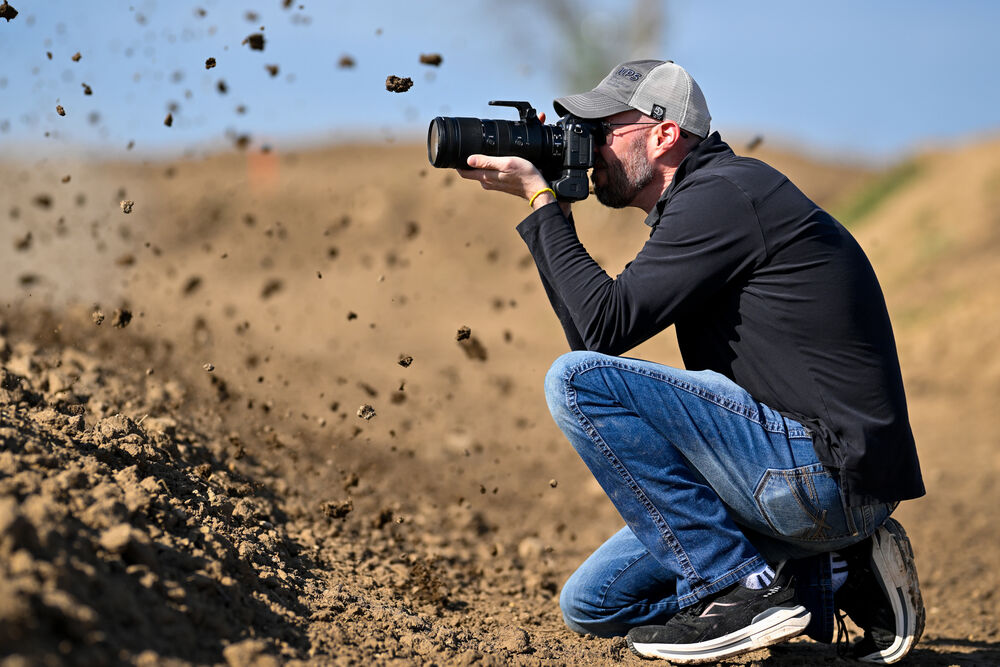
Fast and Intelligent AF
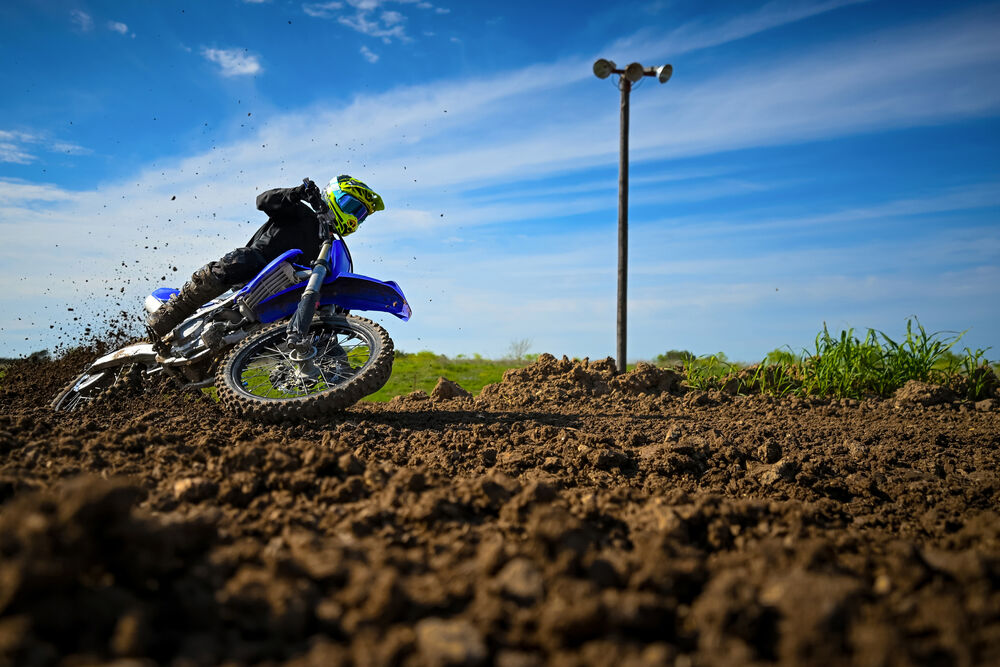
493-Point Phase-Detection AF
Covering the full sensor area, the Z6 III's flagship EXPEED 7 processor unlocks Nikon's flagship 493-point phase-detection AF system to realize fast and accurate focusing performance. This system is benefitted by the high-speed communication of the Z interface along with the speed of the sensor that enables AF readings to occur at up to 120 fps.

This focusing system also supports working in low-light conditions with a Starlight mode that permits focusing down to -10 EV to greatly benefit astrophotography, concert, and other nighttime shooting applications. Featuring the highest native ISO in a Z-series camera at ISO 64000, the autofocus is also useful for working in difficult lighting conditions. The Backlit AF function uses separate pixels on the sensor that allows these areas to intentionally overexpose for focusing accuracy purposes without impacting the actual exposure of the recorded image.
A mainstay focusing mode in DSLRs, which debuted for mirrorless with the Z9, the Z6 III also includes 3D Tracking AF that pairs with subject detection to lock onto fast, erratically moving subjects that move parallel and perpendicular to the camera. Additionally, there are three Dynamic-Area AF modes, with a range of focus area sizes, for capturing a broad variety of moving subject types.

Subject Detection with Deep Learning Technology
Utilizing inherited algorithms and deep learning technology from the Z9, including sophisticated Subject Detection, the Z6 III can recognize a variety of distinct subject types, ranging from humans to animals to airplanes to bicycles. When working in Auto-Area AF, these subjects will automatically be detected, focused on, and tracked to ensure sharp focus when the subject is moving across the frame.
Eye-Detection AF, specifically, has been tuned for improved accuracy and refined recognition of eyes in the scene and can also be used in conjunction with custom Wide-Area AF for different subject shapes and sizes.

More Beautiful Portraits
Perfect for portraits, the Z6 III improves on the partially-stacked sensor's inherent capabilities with a series of processing tools and shooting functions to improve portraits:
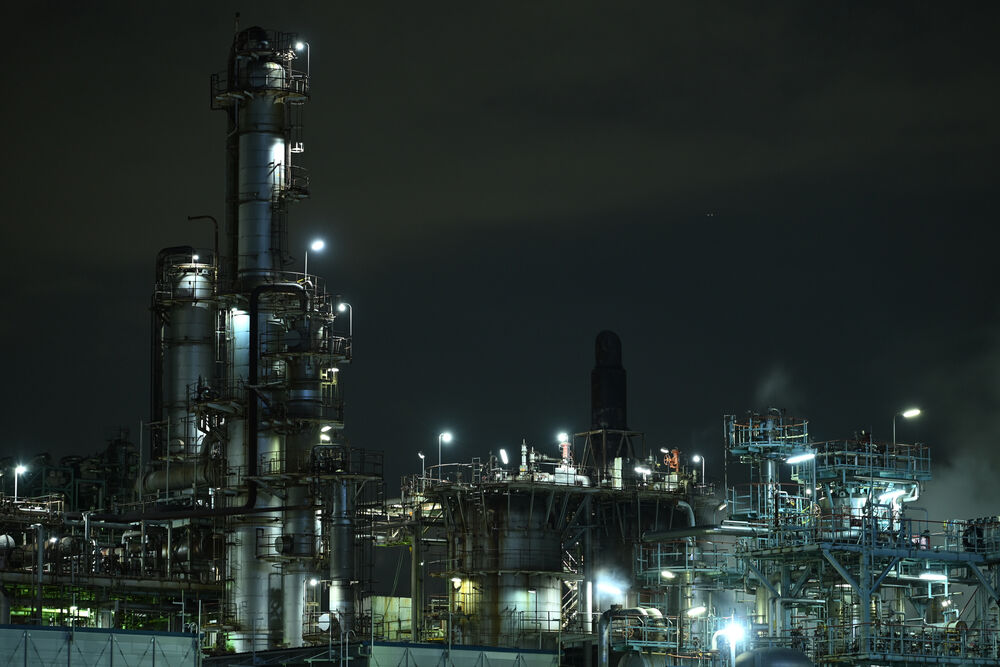
Pixel Shift Technology
Produce ultra-high resolution images at up to approximately 96 megapixels using pixel shift technology. By slightly shifting the image sensor between shots - selectable between 4 and 32 shots per image, with more shots meaning more detail - users can merge the images in NX Studio after shooting to create a single image with enhanced resolution, texture, and color. The shooting method also also reduces noise, moiré, and false colors. Pixel Shift photography benefits archival, landscape, architecture, fine art, macro, and film digitizing applications, and achieves its best results when working with a tripod.
Professional Level Video
Internal 6K60 and 4K 120 Recording
Equally capable for video, the Z6 III approaches the Z9's recording capabilities here, as well, with a variety of resolutions and frame rates available up to 6K.
Using full pixel readout, 6K60p video can be recorded with continuous shooting, while 4K and Full HD recording is also possible in a variety of frame rates, including full-frame 4K recording at up to 120p and Full HD recording at 240p for slow-motion playback.
N-RAW and ProRes RAW Video
Internal 12-bit raw raw recording at up to 6K 60p in the N-RAW format is supported along with internal ProRES RAW HQ. Raw recording offers greater tonal and color latitude and can improve dynamic range, benefitting color grading needs and post-production flexibility.
ProRes and H.265 10-Bit Recording
Internal recording is also supported with 10-bit color and 4:2:2 sampling in the ProRes 422 HQ codec and 4:2:0 sampling in the H.265 codec at 5.4K 30p and 5.4K 60p, respectively.
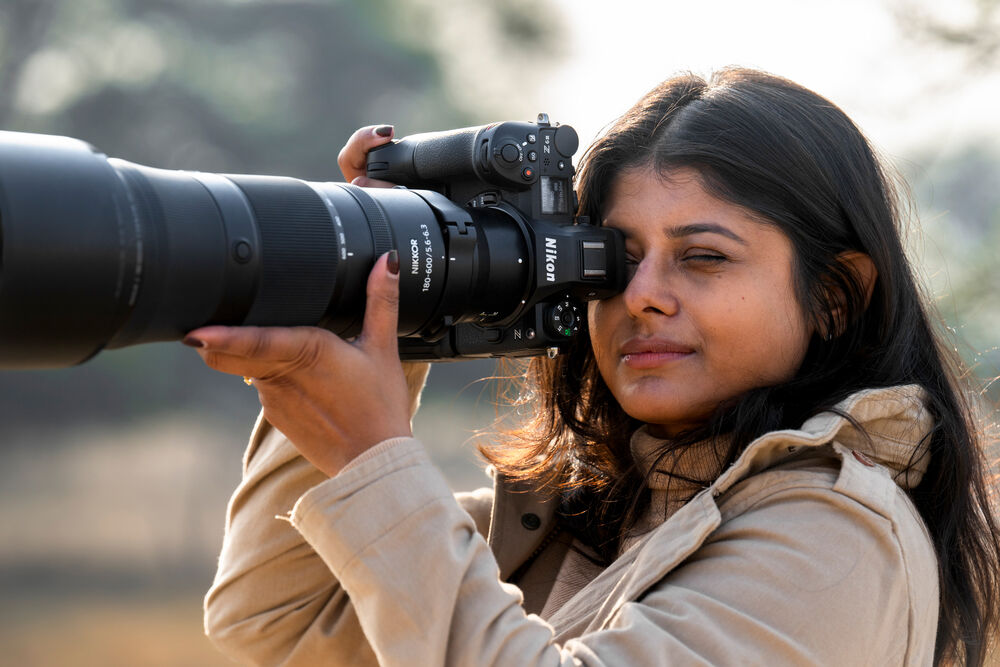
Nikon's Brightest Viewfinder
The Z6 III's sensor-processor combo has allowed Nikon to give the Z6 III the brightest electronic viewfinder on any of its cameras. At 4000 nits, it's 33% brighter than the flagship Z9, making a subject's details visible even in bright sunlight. Its 5,760,000 dot resolution is also a first for a Nikon EVF, aiding with autofocus by showing the subject recognition square. This EVF also features a high fps function, which ups the EVF's refresh rate to 120 fps for smoother, lifelike viewing. Finally, the Z6 III's EVF also features a higher dynamic range and is compatible with a DCI-P3 color gamut - the first of its kind in a mirrorless camera - for approximating real-world color when taking the shot.

170° Vari-Angle LCD
The Z6 III incorporates a unique 3.2" 2.1m-dot touchscreen LCD that features 170° vari-angle mobility to better support working from high and low angles, regardless if shooting in the horizontal or vertical orientation. This allows for easier viewing from a variety of positions and the user interface orientation will also shift depending on how the camera is held.
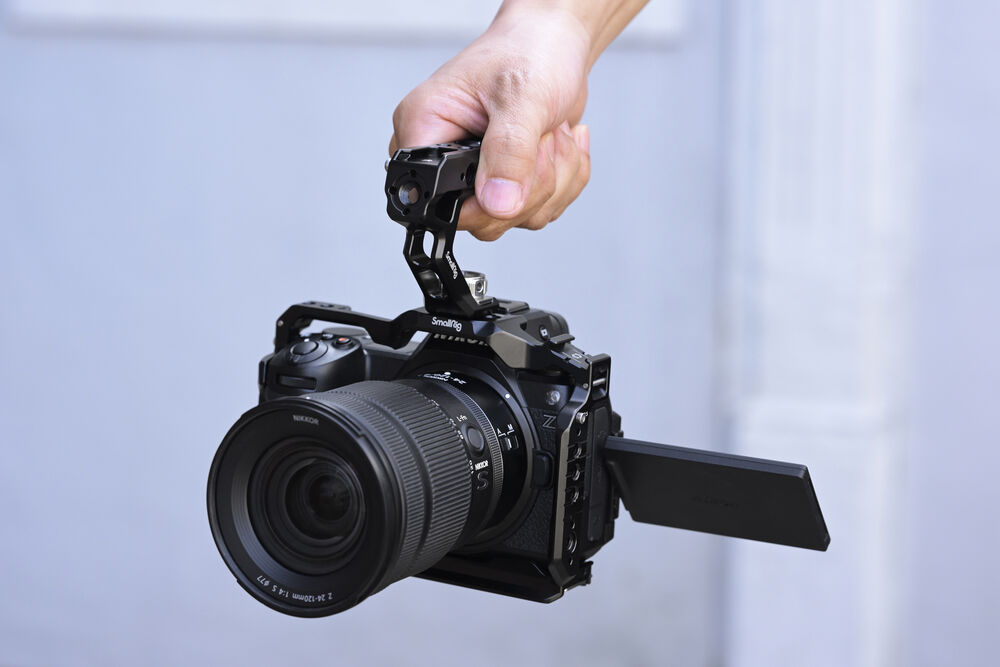
Body Design
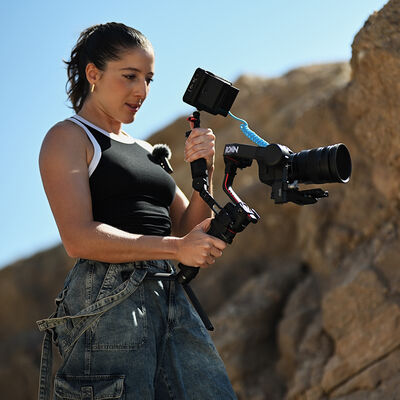
Versatile Connectivity
Matching the professional build quality, the Z6 III is fitted with a variety of connectivity options to suit various workflow needs:
Key Specs
| Lens Mount | Nikon Z |
| Sensor Resolution | Actual: 26.79 Megapixel |
| Image Sensor | 35.9 x 23.9 mm (Full-Frame) Partially Stacked CMOS |
| Image Stabilization | Sensor-Shift, 5-Axis |
| ISO Sensitivity Range | Photo Show More |
| Continuous Shooting | Electronic Shutter Show More |
| Internal Recording Modes | ProRes RAW/ProRes RAW HQ/Raw Show More |
| External Recording Modes | HDMI |
| Media/Memory Card Slot | Slot 1: CFexpress Type B / XQD |
| Video I/O | 1x HDMI (Unspecified Signal) Input |
| Audio I/O | 1x 1/8" / 3.5 mm TRS Stereo Headphone Output |
| Power I/O | 1x USB-C Input |
| Other I/O | 1x USB-C Data Output (Shared with Power Input) |
| Wireless | 2.4 / 5 GHz Wi-Fi 5 (802.11ac), Bluetooth 5.0 |
| Display Type | Articulating Touchscreen LCD |
| Battery Type | 1x EN-EL15c Rechargeable Lithium-Ion (Approx. 360 Shots) |
Imaging
| Lens Mount | Nikon Z |
| Sensor Resolution | Actual: 26.79 Megapixel |
| Image Sensor | 35.9 x 23.9 mm (Full-Frame) Partially Stacked CMOS |
| Sensor Crop (35mm Equivalent) | Crop Factor: 1x |
| Image Stabilization | Sensor-Shift, 5-Axis |
| Built-In ND Filter | No |
| Capture Type | Stills & Video |
Exposure Control
| Shutter Type | Mechanical Focal Plane Shutter and Electronic Rolling Shutter |
| Shutter Speed | Mechanical Shutter |
| Bulb/Time Mode | Bulb Mode, Time Mode |
| ISO Sensitivity Range | Photo |
| Metering Method | Center-Weighted Average, Highlight Weighted, Matrix, Spot |
| Exposure Modes | Aperture Priority, Auto, Manual, Program, Shutter Priority |
| Exposure Compensation | -5 to +5 EV (1/3, 1/2 EV Steps) |
| Metering Range | -4 to 17 EV |
| White Balance | 2500 to 10,000K |
| Continuous Shooting | Electronic Shutter |
| Interval Recording | Yes |
| Self-Timer | 2/5/10/20-Second Delay |
Still Image Capture
| Image Sizes | 3:2 |
| Aspect Ratio | 1:1, 3:2, 16:9 |
| Image File Format | HEIF, JPEG, Raw |
| Bit Depth | 14-Bit |
Video Capture
| Internal Recording Modes | ProRes RAW/ProRes RAW HQ/Raw |
| External Recording Modes | HDMI |
| Fast-/Slow-Motion Support | Slow-Motion Only |
| Gamma Curve | HDR-HLG, Nikon N-Log |
| Recording Limit | Up to 125 Minutes |
| IP Streaming | No |
| Built-In Microphone | Stereo |
| Audio Recording | 16-Bit 48 kHz AAC Audio |
Interface
| Media/Memory Card Slot | Slot 1: CFexpress Type B / XQD |
| Video I/O | 1x HDMI (Unspecified Signal) Input |
| Audio I/O | 1x 1/8" / 3.5 mm TRS Stereo Headphone Output |
| Power I/O | 1x USB-C Input |
| Other I/O | 1x USB-C Data Output (Shared with Power Input) |
| Wireless | 2.4 / 5 GHz Wi-Fi 5 (802.11ac), Bluetooth 5.0 |
| Mobile App Compatible | Yes: Android & iOS |
| Global Positioning (GPS, GLONASS, etc.) | GPS |
Monitor
| Display Size | 3.2" |
| Resolution | 2,100,000 Dot |
| Display Type | Articulating Touchscreen LCD |
| Secondary Display | Top: Status Display |
Viewfinder
| Type | Built-In Electronic |
| Size | 0.5" |
| Resolution | 5,760,000 Dot |
| Eye Point | 21 mm |
| Coverage | 100% |
| Magnification | Approx. 0.8x |
| Diopter Adjustment | -4 to +2 |
Focus
| Focus Type | Auto and Manual Focus |
| Focus Mode | Continuous-Servo AF, Full-Time Servo, Manual Focus, Single-Servo AF |
| Autofocus Points | Photo, Video |
| Autofocus Sensitivity | -10 to +18 EV |
Flash
| Built-In Flash/Light | No |
| Flash Modes | First-Curtain Sync, Off, Rear Curtain/Slow Sync, Rear Sync, Red-Eye Reduction, Slow Sync, Slow Sync/Red-Eye Reduction |
| Maximum Sync Speed | 1/200 Second |
| Flash Compensation | -3 to +1 EV (1/3, 1/2 EV Steps) |
| Dedicated Flash System | TTL |
| External Flash Connection | Shoe Mount |
Environmental
| Operating Temperature | 32 to 104°F / 0 to 40°C |
| Operating Humidity | 0 to 85% |
General
| Battery Type | 1x EN-EL15c Rechargeable Lithium-Ion (Approx. 360 Shots) |
| Shoe Mount | 1x Hot Shoe |
| Tripod Mounting Thread | 1x 1/4"-20 Female (Bottom) |
| Material of Construction | Magnesium Alloy |
| Dimensions (W x H x D) | 5.5 x 4 x 2.9" / 138.5 x 101.5 x 74 mm |
| Weight | 23.6 oz / 670 g (Body Only) |
Packaging Info
| Package Weight | 2.865 lb |
| Box Dimensions (LxWxH) | 9.5 x 7.9 x 5.3" |
Key Specs
| Focal Length | 24 to 70mm |
| Maximum Aperture | f/4 |
| Lens Mount | Nikon Z |
| Lens Format Coverage | Full-Frame |
| Focus Type | Autofocus |
| Image Stabilization | No |
| Filter Size | 72 mm (Front) |
| Maximum Aperture | f/4 |
| Minimum Aperture | f/22 |
| Lens Mount | Nikon Z |
| Lens Format Coverage | Full-Frame |
| Angle of View | 84° to 34° 20' |
| Minimum Focus Distance | 11.81" / 30 cm |
| Maximum Magnification | 0.3x |
| Optical Design | 14 Elements in 11 Groups |
| Diaphragm Blades | 7, Rounded |
| Focus Type | Autofocus |
| Image Stabilization | No |
| Filter Size | 72 mm (Front) |
| Dimensions (ø x L) | 3.05 x 3.48" / 77.5 x 88.5 mm |
| Length at Maximum Extension | 5.44" / 138.2 mm |
| Weight | 1.1 lb / 500 g |
Packaging Info
| Package Weight | 2.005 lb |
| Box Dimensions (LxWxH) | 8 x 5.75 x 5.55" |